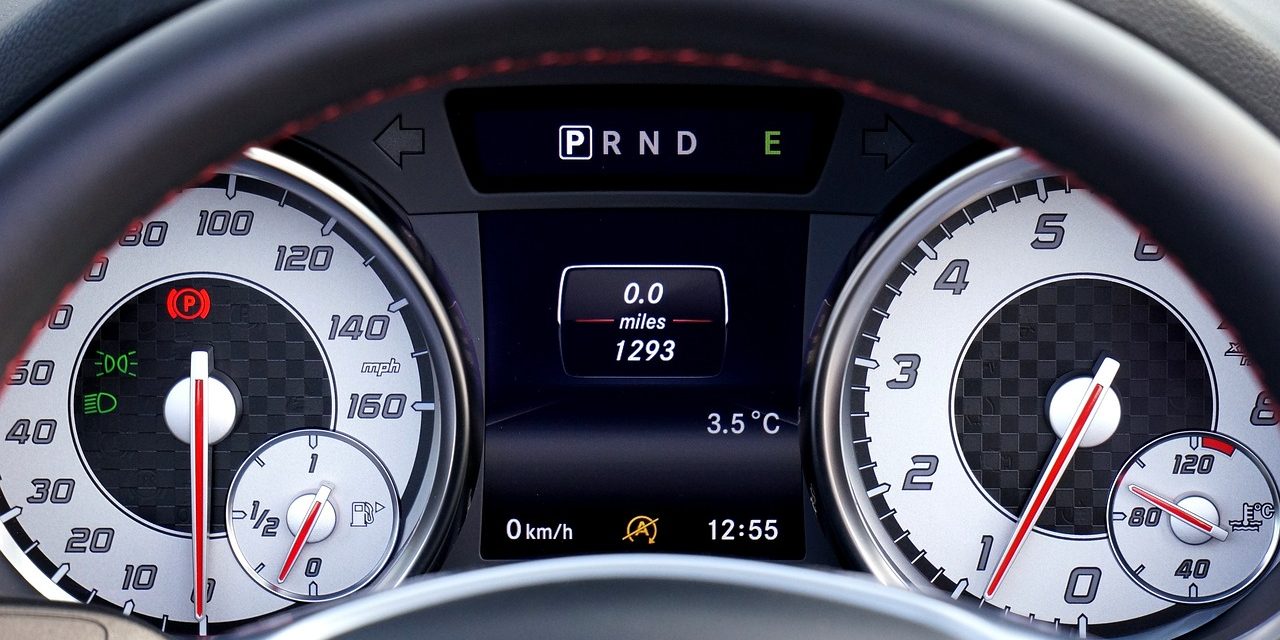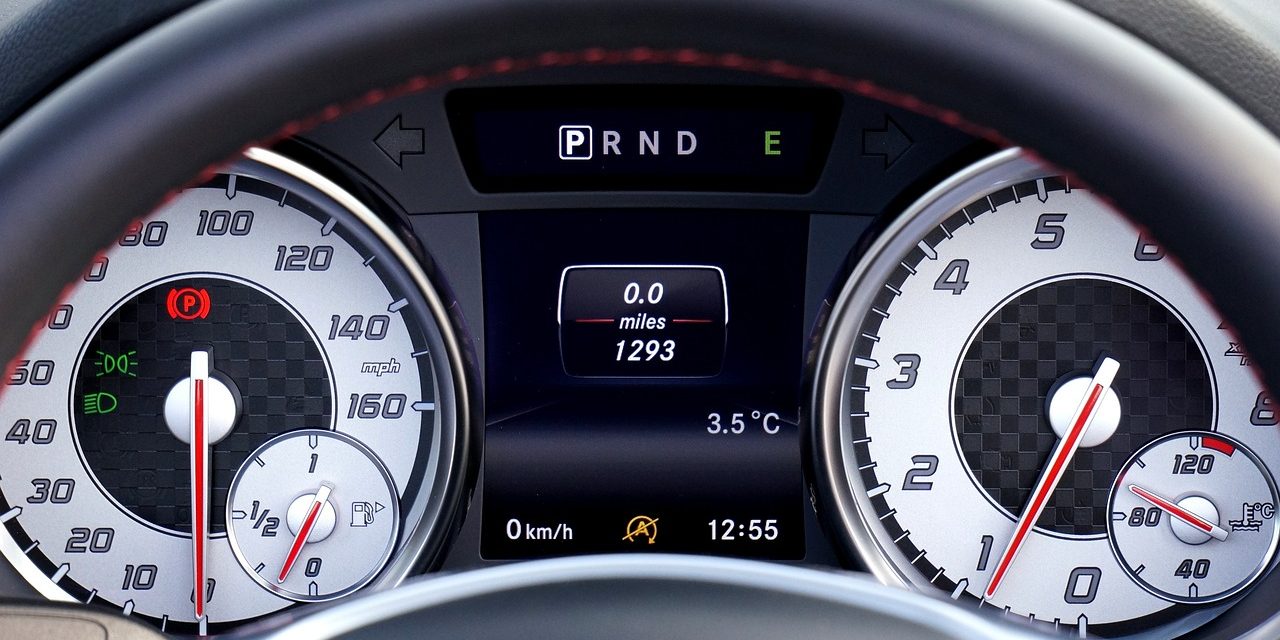Car Warning Lights Decoded: Stay Safe On The Road


Ever wondered what those car dashboard symbols really mean? You’re not alone. Knowing what car warning lights tell us is key to road safety. But, figuring them out can be tricky.
Decoding these warning lights isn’t as hard as it seems. In this guide, we’ll show you the meanings behind the mysterious symbols. This way, you’ll get through the confusion when a light comes on.
Let’s start by seeing just how crucial these warning lights are. Ignoring them could cause bigger, pricier, and more risky problems. Ready to unlock what your car’s warning signs are saying? Let’s do it!
Deciphering Check Engine Light and Battery Warning
The check engine light is dreaded when it appears on your dash. It warns about issues in the motor and emissions. From small glitches to big problems, it’s serious. Ignoring it can damage your engine badly.
The battery warning light shows if something is wrong with your battery. It could also mean a problem with the wiring or alternator. It’s key to fix this issue fast to avoid more problems.
It’s important to act fast when you see these lights. This is vital for your car to last long and run well. When your lights come on, go to a trusted mechanic or service center quickly. They will use special tools to find out what’s wrong. Then, they’ll fix it so your car is back to normal.
Understanding Coolant Temperature and Transmission Temperature Warnings
Your car’s dashboard is a bit like a central watchtower. It keeps an eye on various systems and tells you if something needs your attention. One warning you might see is the coolant temperature warning. This looks like a thermometer and means your engine is too hot.
There are a few reasons this could happen. Maybe the water pump is broken, there’s not enough coolant, or a hose is leaking. If your engine gets too hot, you could face major issues or even engine damage. It’s super important not to ignore this warning.
The transmission temperature warning is another light to watch. It also shows as a thermometer. When this comes on, it tells you the gearbox parts are too hot.
Different things can make your transmission heat up. Like pulling heavy loads, low fluid, or just wear and tear. High temps here can also damage the system, leading to expensive fixes.
Don’t overlook the coolant temperature and transmission temperature alerts on your dashboard. Big damage to your engine or gearbox might follow if you do. When you see these warnings, the best move is to get a mechanic to check things out and fix any issues.
Interpreting Oil Pressure and Tire Pressure Monitoring System Warnings
Your vehicle’s warning lights are vital to understand for its health. The oil pressure and tire pressure monitoring system (TPMS) lights are especially important. They tell you about your engine and tire conditions.
The oil pressure light looks like an oil can. It warns about low oil levels or engine leaks. Engine problems from ignoring this light may be expensive to fix. Always get it checked out by a mechanic right away.
The TPMS light is a circle with an exclamation point. It means your tires might be too low or too high on air. Well-inflated tires keep your vehicle safe and running well. Not fixing tire pressure issues can affect your car’s handling and fuel use. Ensure proper tire pressure to avoid accidents and save money.
Reacting quickly to these warning lights is key. It can save your engine and keep you safe. Always refer to your manual or a professional for help with any warning lights.
Takeaway Tips
- Address the oil pressure warning light promptly to prevent engine damage.
- Consult a mechanic to diagnose and fix the underlying cause of the oil pressure warning.
- Do not ignore the TPMS warning light; maintain proper tire pressure for optimal safety and performance.
- Regularly check your tire pressures and adjust them as needed.
Conclusion
Understanding car warning lights keeps you safe while driving. By knowing what they mean, you can fix small problems early. This helps avoid big problems later.
Important lights to know are the check engine, battery, and oil pressure lights. Also, don’t forget the coolant, transmission, and tire pressure warnings.
It’s vital not to ignore these warnings. They signal serious issues that could get worse and cost more to fix. When in doubt, ask a professional or check your car’s manual.
Knowing about dashboard lights is key to staying safe. Stay informed and act fast to deal with any warnings you see. This way, you’ll have smooth travels. Keep safe!










